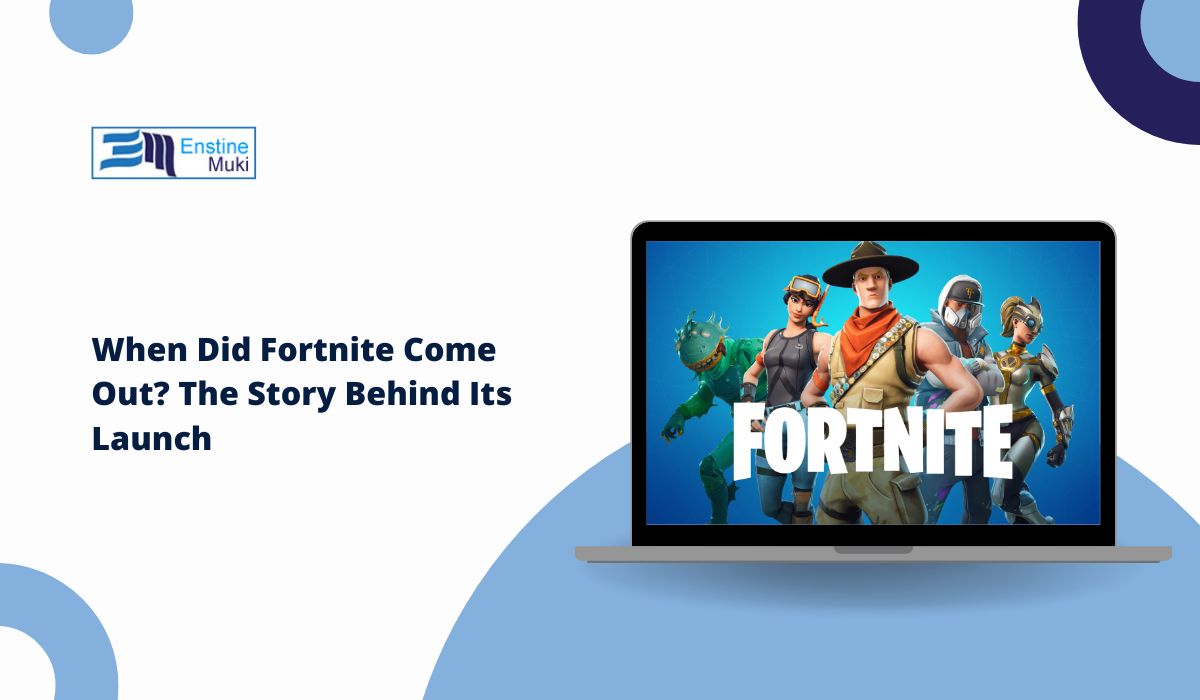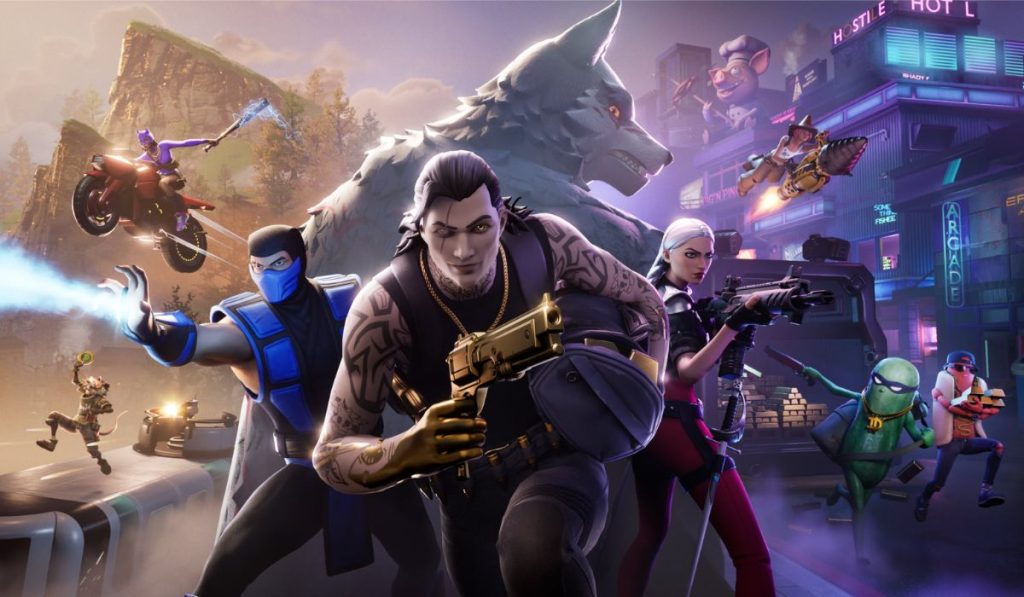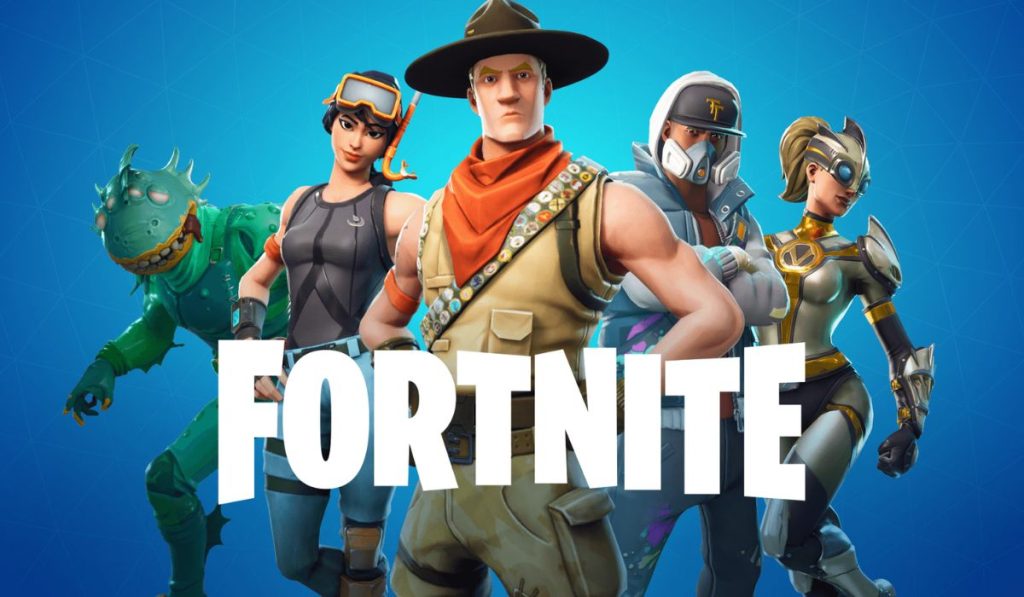Fortnite, developed by Epic Games, has become a global phenomenon in the gaming world. Its release marked a significant moment in the video game industry, particularly in the Battle Royale genre. This article explores the release date of Fortnite, its development, initial reception, and the impact it has had on gaming culture.
The Release of Fortnite
Fortnite was first released on July 25, 2017. The game initially launched with a mode called “Save the World,” a cooperative survival game where players fought against zombie-like creatures.
However, it was the Battle Royale mode, released on September 26, 2017, that truly captured the attention of gamers worldwide.
This mode pits 100 players against each other in a last-person-standing deathmatch, combining survival, exploration, and scavenging elements in an ever-shrinking map.
Development and Early Days
Epic Games, the creator of Fortnite, had been working on the game for several years before its release. The development process was not straightforward, with the game undergoing significant changes and iterations.
Initially, Fortnite was envisioned as a tower defense game, but the team at Epic Games saw the potential in the Battle Royale genre, which was gaining popularity with games like PlayerUnknown’s Battlegrounds (PUBG).
The decision to pivot towards a Battle Royale mode was a strategic move that paid off tremendously. Epic Games quickly developed and released this mode, capitalizing on the growing interest in the genre.
The fast-paced development cycle allowed Fortnite to enter the market at the right time, capturing a large audience eager for this type of gaming experience.
Initial Game Modes
- Save the World: A player-versus-environment (PvE) mode where players team up to fight against husks, zombie-like creatures and defend objectives with fortifications they can build.
- Battle Royale: A player-versus-player (PvP) mode where 100 players skydive onto an island and fight to be the last one standing. Players must scavenge for weapons and resources while the safe area of the map shrinks over time.
Impact on the Gaming Industry
Fortnite’s release had a profound impact on the gaming industry. It popularized the Battle Royale genre, making it accessible to a broader audience with its free-to-play model and vibrant, cartoony graphics. The game’s success led to a surge in interest in similar games and even influenced other genres to adopt Battle Royale elements.
Moreover, Fortnite introduced innovative features like building mechanics, which added a layer of strategy and creativity to the gameplay. Players could construct structures to defend themselves or gain a tactical advantage, making each match unique and dynamic.
Initial Reception and Reviews
Upon release, Fortnite received generally positive reviews from both critics and players. The Battle Royale mode, in particular, was praised for its fast-paced gameplay, engaging mechanics, and accessibility. Players appreciated the game’s polished visuals, smooth performance, and the constant updates that kept the experience fresh.
However, the game was not without criticism. Some players and critics pointed out balance issues, particularly concerning the building mechanics, which could give skilled players an unfair advantage. There were also concerns about the game’s monetization model, with some accusing it of being too focused on microtransactions.
Early Updates and Changes
Epic Games was quick to address player feedback and continuously updated Fortnite with new content and improvements. Some of the key updates in the first year included:
- Introduction of new weapons and items to keep gameplay varied and exciting.
- Limited-time modes that offered unique gameplay experiences, such as 50v50 battles or sniper-only matches.
- Seasonal events brought themed content, challenges, and rewards, encouraging players to engage with the game regularly.
- Map changes and updates that kept the environment dynamic and unpredictable.
Growth of the Player Base
Fortnite’s player base grew rapidly after its release, attracting millions of players worldwide. The game’s popularity was fueled by its accessibility, engaging gameplay, and the constant stream of updates that kept players coming back. Within a year of its release, Fortnite had amassed over 125 million players, becoming a cultural phenomenon.
The game’s success was also driven by its presence on various platforms, including PC, consoles, and mobile devices. This cross-platform availability allowed players to enjoy Fortnite with friends, regardless of their preferred gaming device.
Comparison with Other Battle Royale Games
Fortnite’s rise to prominence was not without competition. Games like PUBG had already established a foothold in the Battle Royale genre. However, Fortnite differentiated itself with several key features:
- Building Mechanics: Fortnite’s unique building system allows players to construct structures for defense or offense, adding a layer of strategy not found in other Battle Royale games.
- Accessibility: The game’s cartoony graphics and simpler controls made it more approachable for younger audiences and casual gamers.
- Free-to-Play Model: Fortnite’s free-to-play model, supported by optional in-game purchases, removed the barrier to entry for many players.
Fortnite’s Cultural Impact
Fortnite’s influence extends beyond the gaming world, permeating popular culture in various ways. The game’s dances, known as emotes, became viral sensations, with people performing them in real life and sharing videos online. Celebrities and athletes also joined in the Fortnite craze, further boosting its visibility.
The game’s cultural impact was also evident in collaborations with other franchises. Fortnite featured crossover events with popular movies, TV shows, and even other video games, bringing iconic characters and themes into its universe. These collaborations not only excited existing players but also attracted new audiences to the game.
Esports and Competitive Scene
Fortnite’s competitive scene grew rapidly, with Epic Games investing heavily in esports tournaments. The Fortnite World Cup, held in 2019, offered a prize pool of $30 million, making it one of the largest esports events in history. The tournament attracted top players from around the world, showcasing their skills in intense, high-stakes matches.
The game’s competitive scene also fostered a community of professional players and content creators. Streamers and YouTubers have built large followings by sharing their Fortnite gameplay, tips, and strategies, contributing to the game’s ongoing popularity.
Collaborations and Crossovers
Fortnite has become known for its collaborations and crossovers with other popular franchises. Some notable examples include:
- Marvel and DC Comics: Fortnite has featured numerous collaborations with Marvel and DC, bringing iconic superheroes and villains into the game.
- Star Wars: Fortnite has hosted Star Wars-themed events, allowing players to wield lightsabers and engage in battles inspired by the franchise.
- Musical Artists: Fortnite has collaborated with musicians like Travis Scott and Ariana Grande, hosting virtual concerts within the game.
Controversies and Legal Issues
Despite its success, Fortnite has faced several controversies and legal issues. One of the most notable was a lawsuit filed by PUBG Corporation, alleging that Fortnite copied elements from PlayerUnknown’s Battlegrounds. The lawsuit was later dropped, but it highlighted the competitive nature of the Battle Royale genre.
Fortnite has also faced criticism for its use of popular dances as emotes without crediting or compensating the original creators. Several lawsuits were filed by dance creators, although many were later dismissed.
Future of Fortnite
The future of Fortnite looks bright, with Epic Games continuing to innovate and expand the game. Players can expect more updates, collaborations, and events that keep the experience fresh and engaging. The game’s impact on the gaming industry and popular culture is undeniable, and it will likely continue to influence the landscape for years to come.
As Fortnite evolves, it will be interesting to see how it adapts to new trends and technologies, such as virtual reality and augmented reality. The game’s ability to stay relevant and captivate audiences will be crucial to its long-term success.
Conclusion
Fortnite’s release on July 25, 2017, marked the beginning of a gaming phenomenon that has captivated millions of players worldwide. Its innovative gameplay, accessibility, and constant updates have made it a staple in the gaming industry. As Fortnite continues to grow and evolve, its impact on gaming culture and beyond will be a testament to its enduring popularity.
We encourage readers to share their favorite Fortnite memories and discuss the game’s future in the comments. Your insights and experiences are valuable to the community.


